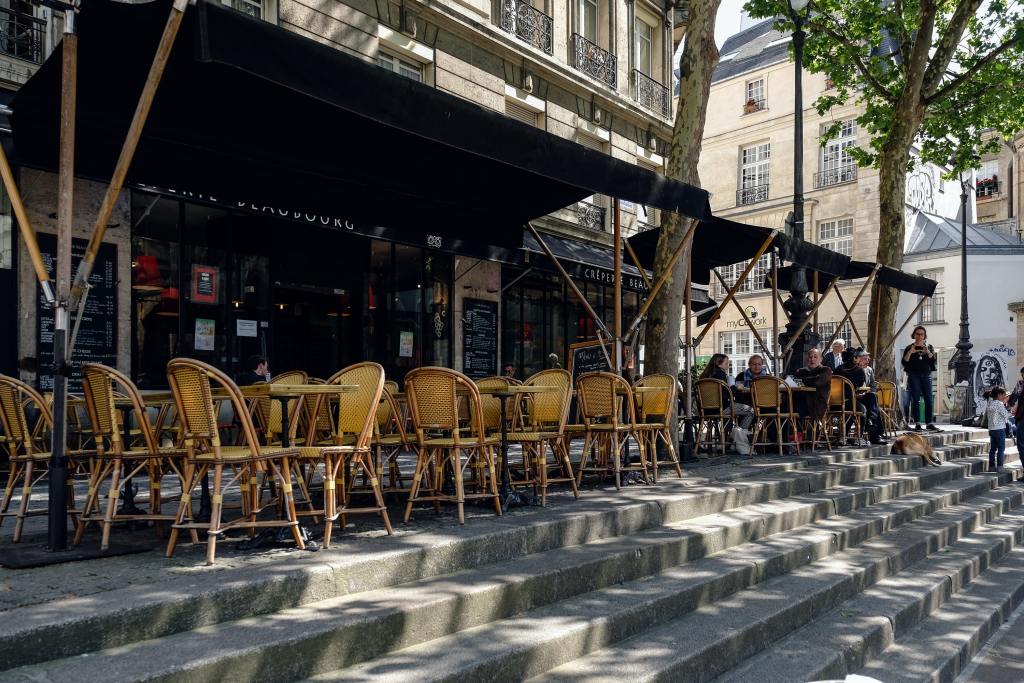Restaurant industry research is an important strategy for new restaurant owners, general managers, industry investors, and real estate developers to better understand the current state of the market. The industry is competitive and vulnerable to seasonal trends and economic fluctuation, so to stay ahead of the curve, a regular survey of the landscape will produce key insights.
Market research in the restaurant industry helps professionals better understand trends and competitors so they can strategize the best way to reach target customers and turn a profit.
Useful restaurant-industry research can be pulled from surveys, industry reports, industry publications, newspaper reviews, social media monitoring, and focus groups, and should glean information in the following categories.

Target market
Research into a restaurant’s preferred customer base uncovers consumer behavior, purchasing patterns, and preferences, as well as proven marketing campaigns that have effectively reached a target demographic in the past.
Customer research should be conducted with the end goal in mind. Some businesses may want to focus on one-time customers, such as in a seasonal high-volume tourist market, whereas others may be more interested in gaining long-term repeat business from a smaller group of visitors throughout the year.
Or, for new businesses that are still dipping their feet into the market, the industry research could provide more insight on a ‘typical’ customer in that area, and the types of restaurants that would be most successful with that segment. In that case, research could help shape the direction of a new business, whereas more established restaurants may use the research to make small adjustments along the way.

Competitors
Market comparison of competitors in the same area helps restaurants decide how to distinguish themselves and offer something unique to customers. Location is another important consideration to monitor among competitors in that market, as well as tactics and menus that appear to resonate, or not resonate, with the public.
Competitor research will also demonstrate any gaps in service that could be filled by a new business, or market saturation in a particular cuisine, area, or food delivery format that should be avoided.
Revenue opportunities
Comprehensive market research digs even more deeply into individual product offerings and promotions that show promise for long-term profits. This analysis may provide more information on consumer needs and wants, or preemptively inspire a new product or format that consumers don’t even know they want yet.
It may emphasize a particular dish, cuisine, or delivery format that’s always a winner, or point to a product or service that’s proven again and again to undermine profits.

Marketing tactics
In today’s digital world, marketing possibilities are almost endless, which also makes them easier to tune out. Industry research should devote a significant amount of time to marketing strategies that work and don’t work for restaurants.
Comparisons can be done of interactive campaigns on Facebook and Instagram, for example, to measure a business’s success in engaging its customers. Or a survey could see how effective coupons are at getting people through the door and coming back again, or whether engaging a meal-delivery service increases the number of customers per week.
Marketing analysis could also determine consumer preferences and whether the promotion of locally sourced food encourages more people to sit down for a meal, for example.
Challenge areas
A survey of a slice of the restaurant industry with competitive comparison may help a real estate developer or restaurant corporation solve a local problem. Why didn’t a fast-casual restaurant succeed previously in a particular retail space? Would another model work better for that market, such as a fancier sit-down restaurant? Or perhaps a barbecue joint would be more appealing to that demographic than a vegan establishment.
Other challenge areas that could be addressed include not just internal considerations like menu design and food ordering software, but also factors outside the four walls of the restaurant: the national economy, the available pool of cooks and servers, industry salaries for those jobs, how well supply chains operate in the area, the impact of competitor performance, how nearby businesses are doing, national trends away from particular ingredients, and so on.
The restaurant industry is notoriously fickle, and it’s difficult to plan for all contingencies. But careful, regular market research helps owners and financiers make sounder decisions, better manage their locations, and plan ahead for shifts in consumer preferences and the calendar.



